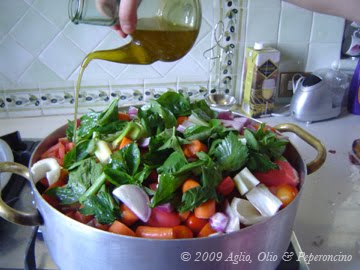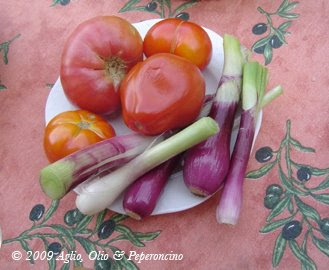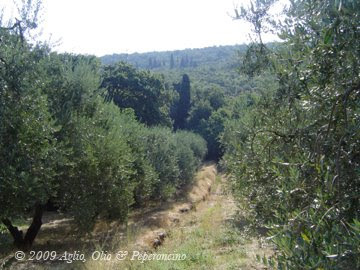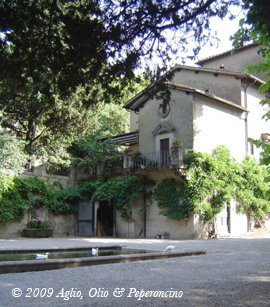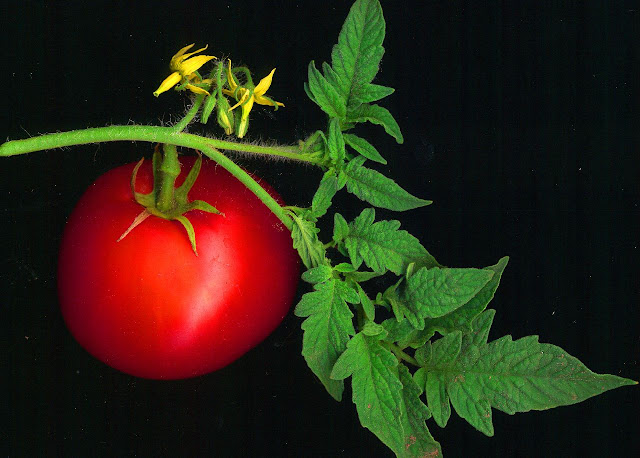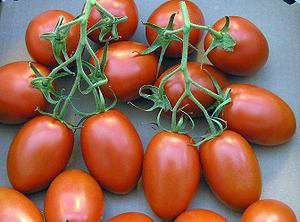Can I make some for you too? Something to jolt us out of this inertia? Good idea.
Here, sit. You can have the paper first. Read, relax. Put your feet up while I make us some coffee. But not just any old coffee.

Image copyright Tipi d'aMare
I have three kinds of custom espresso in mind.
Let's begin with something classic.
1. Orange-flavored Espresso
Delicious aromatic after dinner coffee
4-6 large cups of strong espresso
The rind of 2 unwaxed oranges, white pith removed (turns everything bitter)
1 cinnamon stick
Sugar to taste
Milk
Steep the orange rinds and the cinnamon in the hot coffee for 5 minutes, then discard. Pour through a cheesecloth and serve in tall mugs, stained with just a droplet of milk, and sweetened with a suspicion of sugar.
2. Cafè Argentino
Droolworthy caramel cream coffee. Generally used as a base for desserts in Argentina, dulce de leche lends coffee a sweet, almost sensual flavor.
The rind of 2 unwaxed oranges, white pith removed (turns everything bitter)
1 cinnamon stick
Sugar to taste
Milk
Steep the orange rinds and the cinnamon in the hot coffee for 5 minutes, then discard. Pour through a cheesecloth and serve in tall mugs, stained with just a droplet of milk, and sweetened with a suspicion of sugar.
2. Cafè Argentino
Droolworthy caramel cream coffee. Generally used as a base for desserts in Argentina, dulce de leche lends coffee a sweet, almost sensual flavor.
500 ml (2 cups) boiling hot espresso (not too strong)
50 ml (1/4 cup) dulce de leche (can be found in specialty stores)
Milk or cream
Divvy up the coffee in 2-3 large teacups. Add a tablespoon of dulce de leche to each and stir until completely dissolved.
50 ml (1/4 cup) dulce de leche (can be found in specialty stores)
Milk or cream
Divvy up the coffee in 2-3 large teacups. Add a tablespoon of dulce de leche to each and stir until completely dissolved.
Add milk or cream and sit down in comfortable chairs, Carlos Gardel playing loud.

3. Nocciolato
Choco/hazelnut coffee. Not your everyday moka. Beyond decadent.

3. Nocciolato
Choco/hazelnut coffee. Not your everyday moka. Beyond decadent.
500 ml (2 cups) piping hot, weak espresso (made by adding more water in the making)
50 ml (1/4 cup) hazelnut liqueur (like Frangelico)
50 gr (1/4 cup) Nutella (or any hazelnut-chocolate spread)
Sugar to taste
Cream
Whip the cream with an electric beater until quite stiff and refrigerate. Divvy up the coffee in 2-3 large teacups. Add a shot of Frangelico and 1 heaped tablespoon of Nutella to each, stirring carefully - scraping the sides of the cups - until completely dissolved. Sweeten to your taste (no need, really) and garnish each cup with a dollop of whipped cream.
Which is your favorite?





















